[Audio] The SEC's Reach Beyond Publicly Traded Companies
JD Supra: Mergers
MARCH 13, 2025
Think you dont have to worry about the SEC because youre at a private company or a non-profit? He warns that the SECs power of investigations expands far and wide, and just being a supplier to a publicly-traded company may lead them to focus on your business. Think again says, Kevin Muhlendorf, attorney at Wiley Rein.

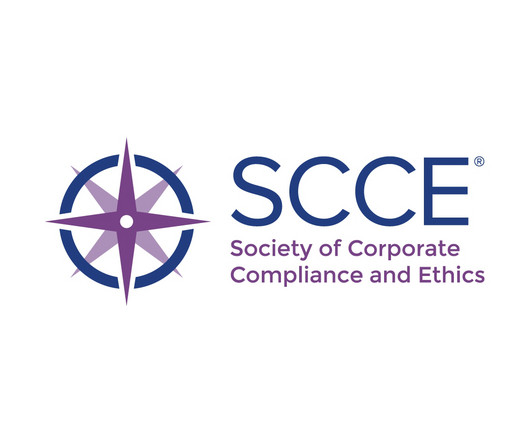


















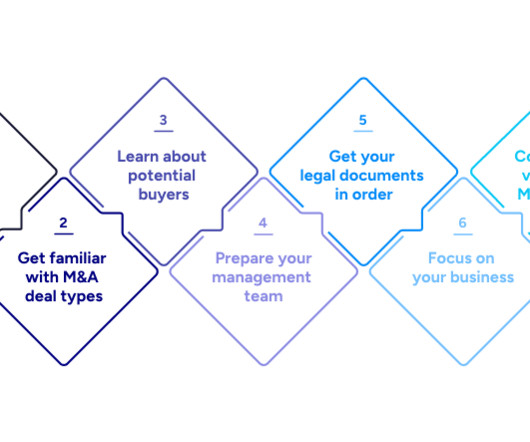


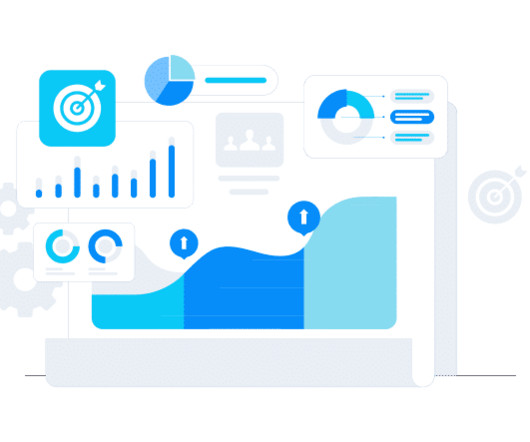
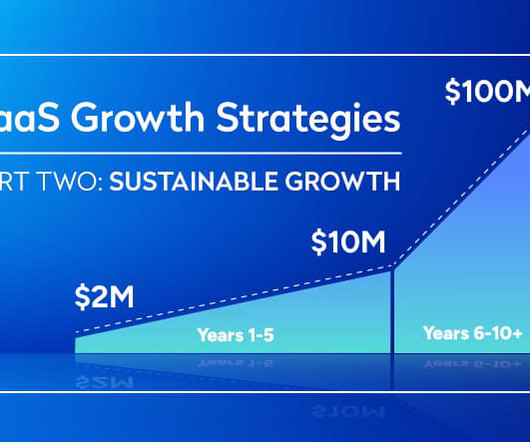





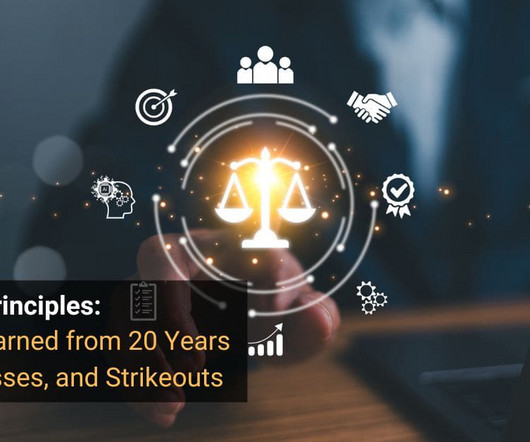







Let's personalize your content